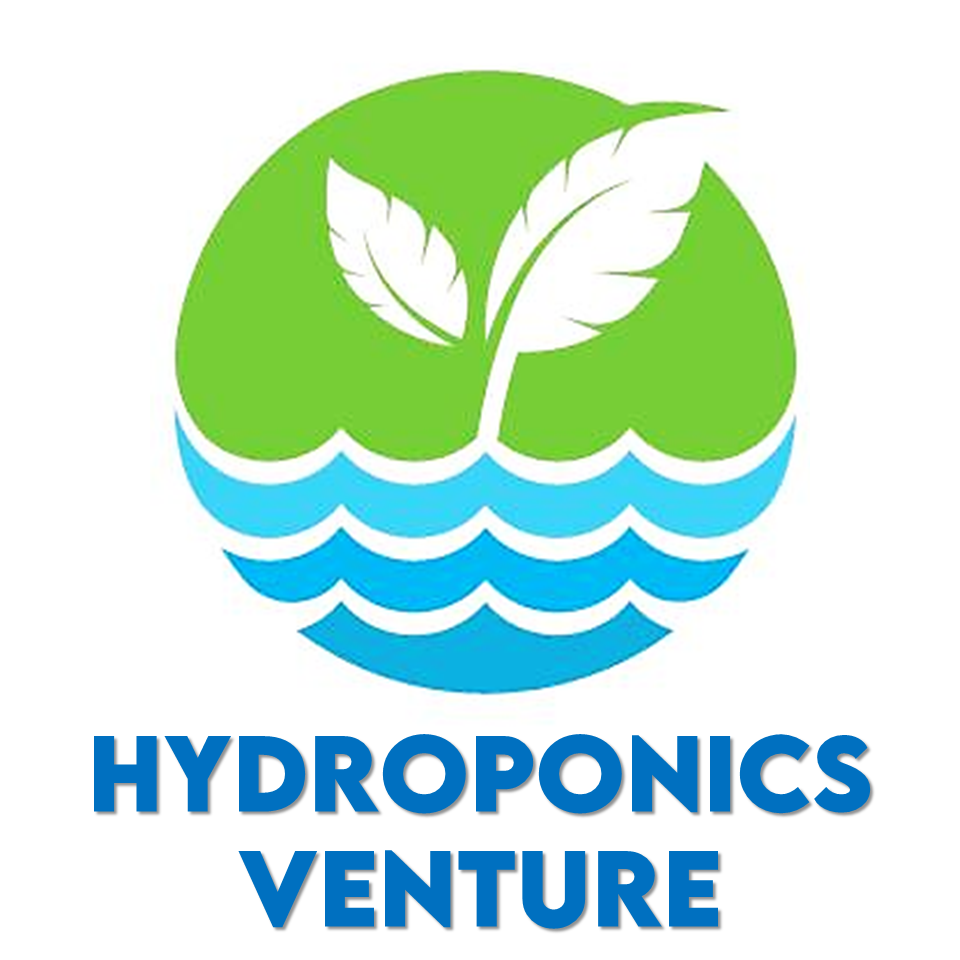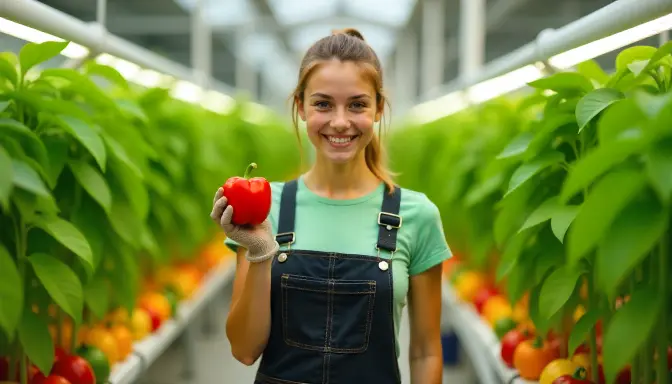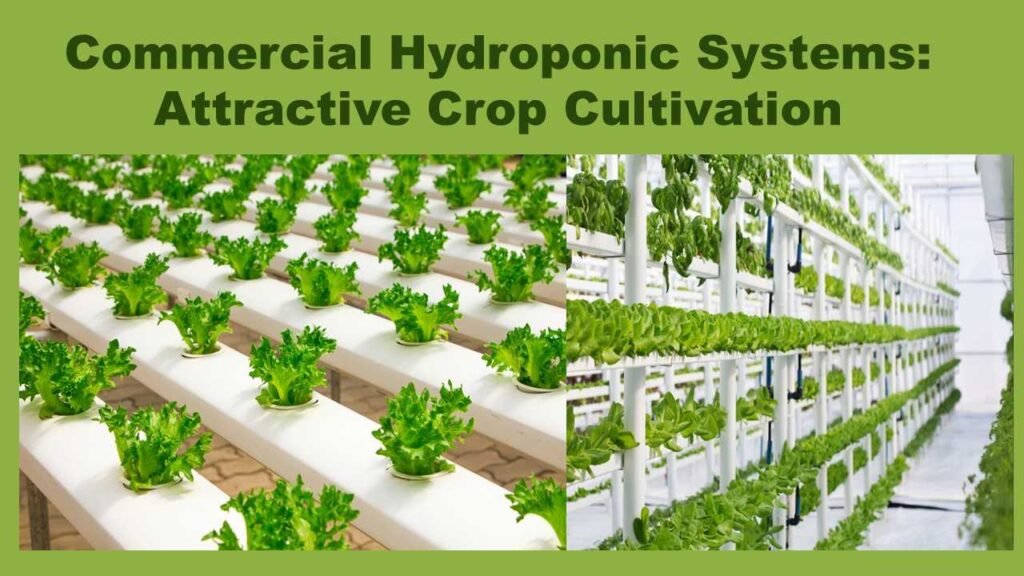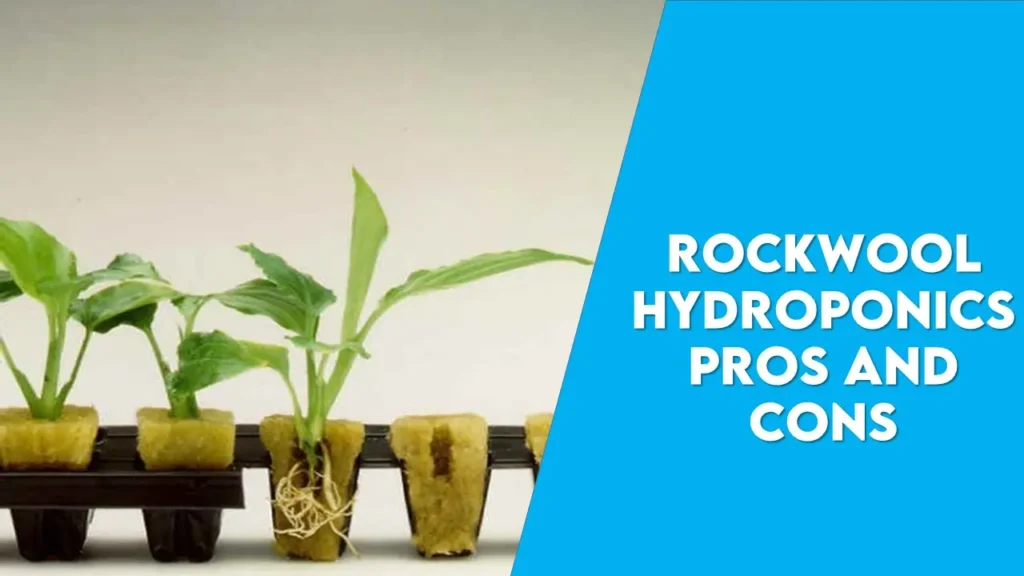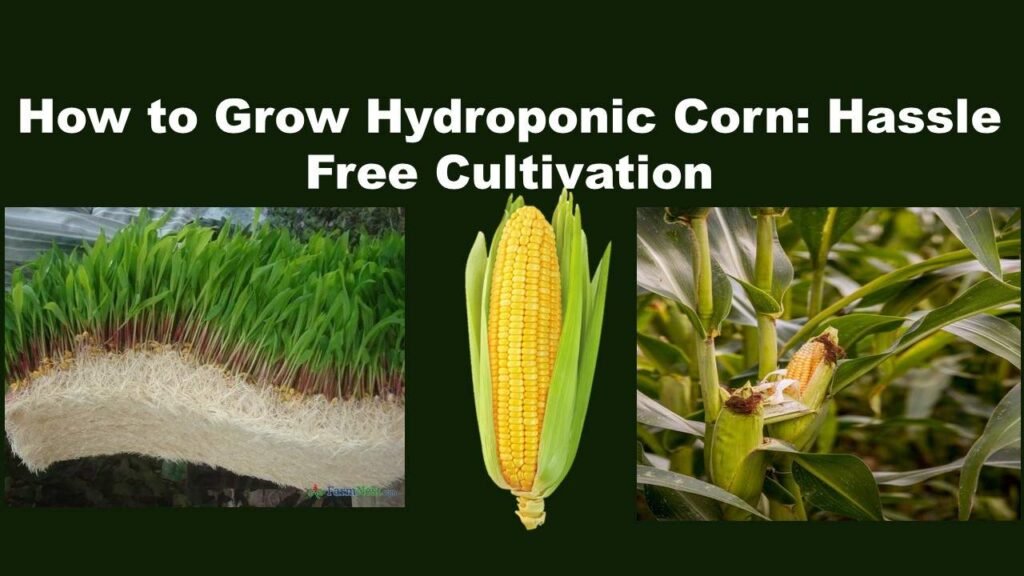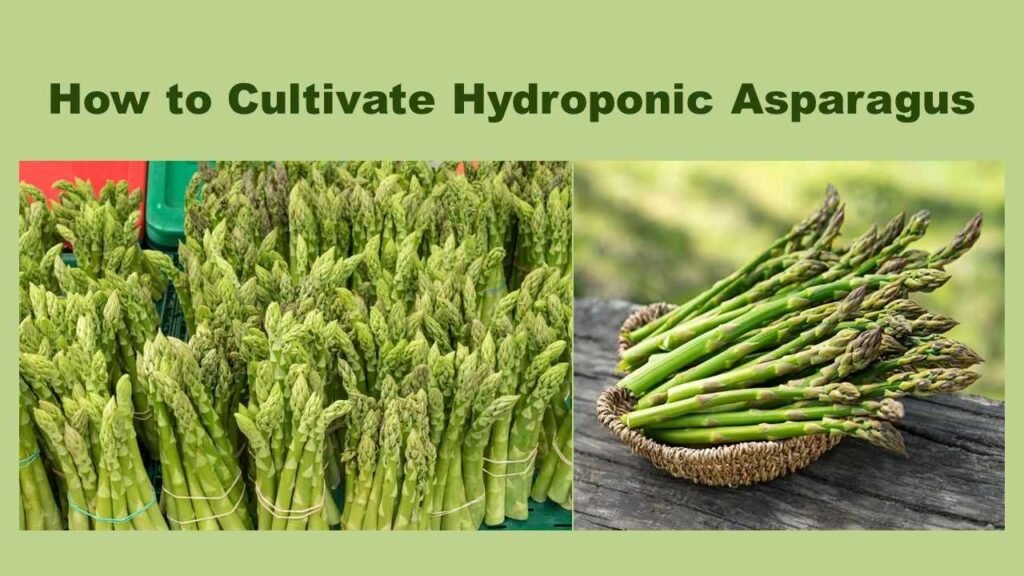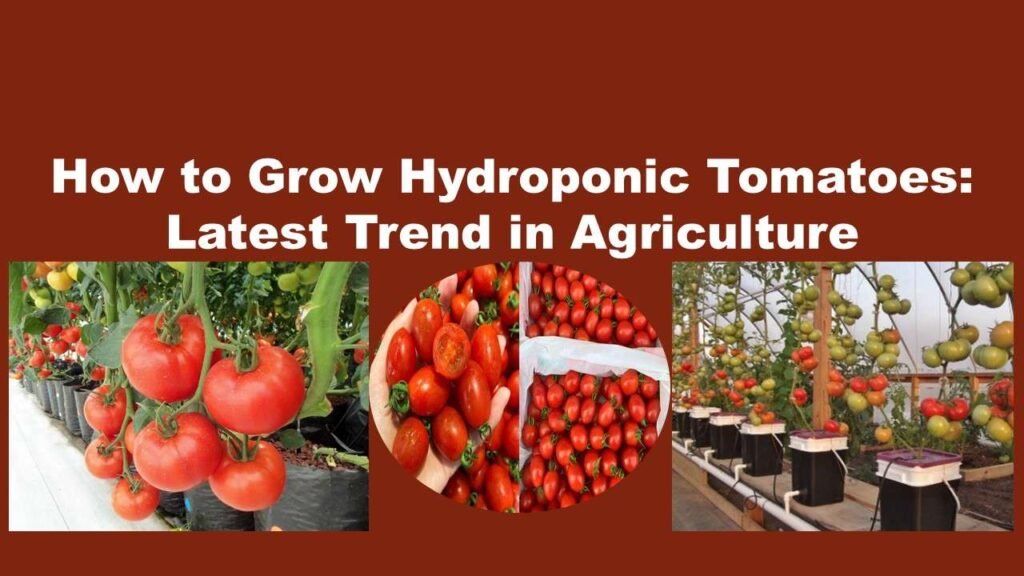How to Grow Hydroponic Peppers (Bell Peppers Hydroponics)
To add more flavor to your life, let’s talk about adding the beauty of growing peppers wherever possible.
Pepper completes the flavor of most dishes out there, until it’s something sweet, and getting these fresh babies at home is pure bliss. Whether you’re craving the crunch of a bell pepper or the zing of a jalapeño, these versatile plants are kitchen staples across the globe that can be easily grown in a Hydroponics system, which will help you save space and extend your hands towards sustainability. Interestingly, almost any type of pepper can be cultivated in a hydroponics system.
The best part of growing peppers is the variety in colours, shape, flowers, and size, infused with multiple vitamins, antioxidants, and nutrients. So get the seeds that suit your taste buds, improve your health, and create a beautiful hue around you. Follow the given steps carefully to learn and enjoy this clean-tech innovation.
Optimal Conditions for Bell Peppers Hydroponics
Peppers are usually short-duration crops that require long days of sunlight with adequate nutrient supply and well-monitored pH and EC. But, in comparison to leafy vegetables, it will take a longer time to reach the harvesting stage, as we are manifesting fruits, not just leaves. Any dysfunction during nutrient feeding may lead to multiple disorders that degrade the quality of peppers, that’s why we need to be extra careful with the nutrient mix and the supply system.
| OPTIMUM TEMPERATURE | 72°F- 82°F(Day) & 64°F-72°F(Night) |
| OPTIMUM LIGHT | 14–16 hours/day with 600–800 µmol/m²/s (PPFD) intensity. |
| OPTIMUM HUMIDITY | 60-70% |
| GROWING MEDIA | Coco coir-perlite mix, Rockwool, clay pebbles (LECA), or grow plugs. |
| OPTIMUM pH | 5.8 to 6.3 |
| IDEAL NUTRIENT MIX | Keep the NPK ratio around 2:1:2 during the seedling and vegetative stages. Change it to 1:1:2 during the flowering and fruiting stage.Secondary nutrients: Calcium (Ca) 150–200 ppm, Magnesium (Mg) 50–70 ppm, Sulfur (S) 60–80 ppm.Micronutrients:Fe and Mn around 1 ppm, Zn, Cu, B, Mo 0.05 ppm. |
| EC(Electrical Conductivity) | 2.0 to 3.5 mS/cm |
| TDS(Total Dissolved Solids) | 1400–2450 ppm |
| RECOMMENDED VARIETIES | California Wonder(Sweet bell, most reliable)Jalapeño (compact and high-yielding)Banana Pepper( early fruiting)Mini Bell PeppersHabanero or Cayenne( hot with ornamental value) |

Steps to Grow Hydroponic Peppers -Bell Peppers Hydroponics
Choose the Variety.
Although we have a lot of options in the market, we will look into the most popular varieties for the hydroponics system, which include;
| Pepper | Properties | Uses |
| California Wonder | It comes in different shades of yellow, red, and orange with a mild flavour. | Versatile. |
| Chili | It includes the classics, jalapeños, habaneros, and serranos. | To add spice and hotness to food. |
| Paprika | Unique flavour | For Special cuisine, paprika is needed. |
| Sweet Pepper | Mild hotness with sweet flavour. Include Sweet Banana or Cubanelle peppers. | Best in Salads and stuffings. |
| Mini Bells | Suitable for a hydroponics system due to its size. | Best in pasta sauces and sausages. |
| Pimento Pepper | Small black peppers with mild flavour. | Often used for stuffing olives or in pimento cheese |
| Thai Pepper | Small with a lot of heat | More popular in Asian cuisines. |
| Cayenne | It is one of those hot chilli peppers with health benefits. | excellent source of provitamin A and vitamin C, versatile bhi |
Select the Hydroponics System.
Pepper can be easily grown in almost any type of hydroponic system. But we must keep in mind that peppers need proper space to grow, for which it is ideal to use a system that can provide a strong root development system, good aeration, and a stable nutrient delivery system, like the ‘ Dutch Bucket System’. For beginners or small-space growers, Deep Water Culture (DWC) is also a good option, although it may not support the larger varieties.
If you are planning for commercial cultivation, do not forget to incorporate drip irrigation systems. However, NFT, one of the most popular hydroponic systems, is not recommended for all varieties of peppers, due to the limited space for root growth in it.
Germinate the Seed.
First, choose a soilless medium for seed germination, like peat moss, vermiculite, and perlite, with good drainage and aeration. Rockwood is an excellent choice for this purpose for maintaining constant moisture and air permeability. Although it is optional, soaking the pepper seeds for 6-12 hours can hasten their germination.
In each rockwool cube, put 1-3 seeds. Maintain a temperature of 80-85°F and ensure optimal humidity and sunlight. It will take around 2 weeks for proper germination.
Transplant the Seedlings.
When the seedlings grow at least three true leaves and a well-developed root system, they become ready to be transplanted into the hydroponics system. Gently remove the plant, make a hole in the medium, and place the plant in it. Provide stability to the plant through the soil in its surroundings.
Maintain the environmental conditions.
This step includes the preparation of the Nutrient mix, a well-functioning supply system, and a good source of light. Do not hesitate to put some air stones or an air pump in the system if needed. Make sure the optimal conditions for pepper growth are met properly.
For climbing-type peppers or the ones without a steady stem, you must provide a trellis for support. Provide enough space so that every plant has good access to sunlight. With the help of a monitoring system like a pH meter and thermometer, keep monitoring the system carefully. Note down every change occurring in the system and make amendments as per its need.
Pollination.
After 6 weeks, you can expect flowering and fruit development in these plants. Generally, pepper plants are grown to obtain fruits, but in a hydroponics system, it is difficult to expect natural pollination. So you should go for hand pollination. Gently shake the plant, or use a brush. In tender plants, use Q-tips or small paint brushes. Some also suggest just using a fan. So it is best to observe and make a move accordingly.
Management
Pruning is a game changer in the case of peppers. We don’t need profuse vegetative growth, so we simply try to reduce the plant size by minor trimming, especially when you have bell peppers. But pruning is not just about convenience, it also results in better harvest. It will also allow good exposure to the sunlight. Be careful, and start doing it only when it reaches a height of up to six inches.
There are little to no chances of pest or disease outbreaks in a hydroponics system, yet thrips and wilting are observed in many cases. For pests, try to use only organic methods, and for wilting or damping off, observe the nutrient levels, check if the nutrient medium and water used are clean, and always maintain proper pH and TSS levels with good aeration in the system.
Harvesting of capsicum Hydroponics
Harvesting time or stage differs in different varieties and customer likings, usually it is around 50-80 days after germination. So as soon as they reach the right colour and right size, you may harvest them. For example, if you like your bell peppers sweet, then leave them a little longer in the system. Some varieties do fruit after the first harvesting, so use ा knife or scissors during the harvesting to avoid damage to the plant.
Average yield:
- Bell Peppers: 3 to 6 kg per plant.
- Chili Peppers ( Jalapeño & Cayenne): 2 to 5 kg per plant.
- Compact or mini pepper varieties: 1.5 to 3 kg per plant.
*You can obtain around 15–30 kg/m² per growing cycle depending on variety, plant density, and management.
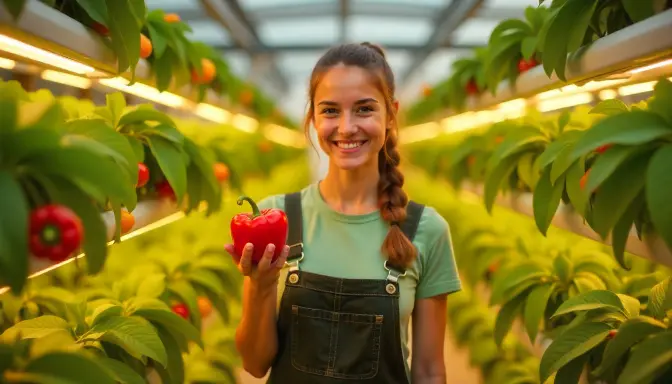
Conclusion
Growing vegetables in a hydroponics system has emerged as a trend in the high-tech Agricultural world. And peppers are most common among them. I hope this article helped you in understanding the essentials of growing peppers in the system. Whether you want a commercial unit or just a novice, we try to bring you the best and most helpful methods.
If you are willing to learn more, then keep reading from us and leave your queries here.
Join Our Hydroponics Growers Group!
Connect with fellow hydroponics enthusiasts, share your ideas, ask questions, and grow together as a community.
👉 Join WhatsApp Group